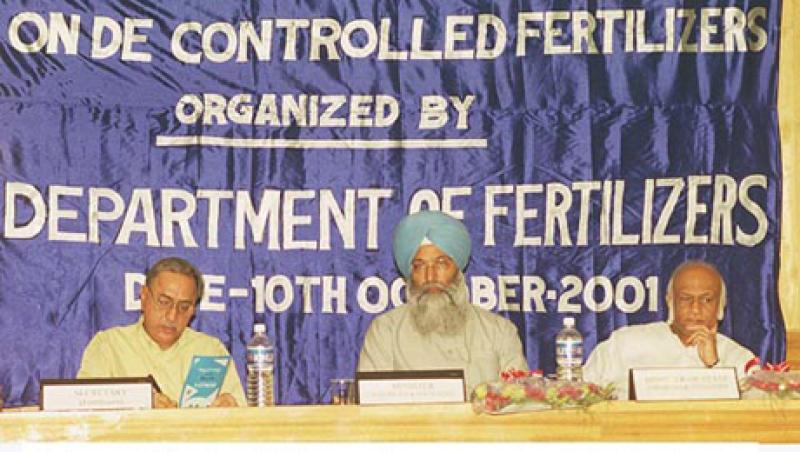A friend of mine asked me this morning if I'd '...heard the news about India's Fertilizer Ministry planning to set up a new sovereign fund for acquiring fertilizer assets abroad'. As it happened, I had heard about this. And I even remembered some details, such as its strategic focus on acquiring assets abroad. But I simply said, “Thanks for the tip. I'll check it out.” I felt kinda bad about dodging the topic, as this person was clearly just trying to make conversation, but I had my reasons for not wanting to get into it.
Specifically, I didn't want to get into a long discussion about the prolonged internal debate India has been having over the past three years about whether it should, in fact, use some portion of its $300 billion in forex reserves to set up a kind of 'strategic sovereign fund' for acquiring foreign assets of value for the Indian economy. First, I wouldn't be able to discuss the domestic political debates of the world's largest democracy in a way that did justice to the complexity of the country's political system. But I also didn't want to get into a discussion about whether a country should or should not set up a fund with 'strategic motives' or 'political investment strategies'. And I definitely didn't want to have to go back and explain the basis upon which the Santiago Principles were established (i.e., non-political investing) and the 2008-era debates about the legitimacy of SWFs.
So my friend's question may have seemed harmless, but it was really an iceberg – small and light on the surface but with a large and deep mass under the water (e.g., domestic and international politics). The truth is that I've been covering India's “new” SWF for three years now (see here, here, here, here, here, here, here, here, here, and here). And my last (and 11th) post on the Indian SWF was ironically entitled, “An Indian SWF? Really? It’s Finally Happening? You’re Sure? OK Fine I’ll Write About It. Again.”
It didn't happen.
And, even with this latest news and post, it still probably won't happen. And the reason is quite simple: An overtly strategic investment vehicle won't go down very well with foreign countries. It's not that such a vehicle is a bad idea – it's actually kind of a good idea – but it's just that the politics of such a vehicle would rekindle all the “anxiety” (xenephobia) we saw in some Western countries five years ago. I think Kavaljit Singh, who is at the Public Interest Research Centre in New Delhi, captured the sentiment nicely with this:
“Any direct investment in strategic assets by a sovereign fund will invite severe criticism for its alleged political and non-commercial objectives. Not long ago, the Western world had characterised SWFs as “villains” and introduced new policy measures, popularly known as Santiago Principles, to regulate the investments of SWFs globally. Thus, acquisition of strategic cross-border assets (including natural resources) will not be a cakewalk.”
So there you have it. It's an interesting idea. But it probably won't happen. Perhaps I should have just said that to my friend.






